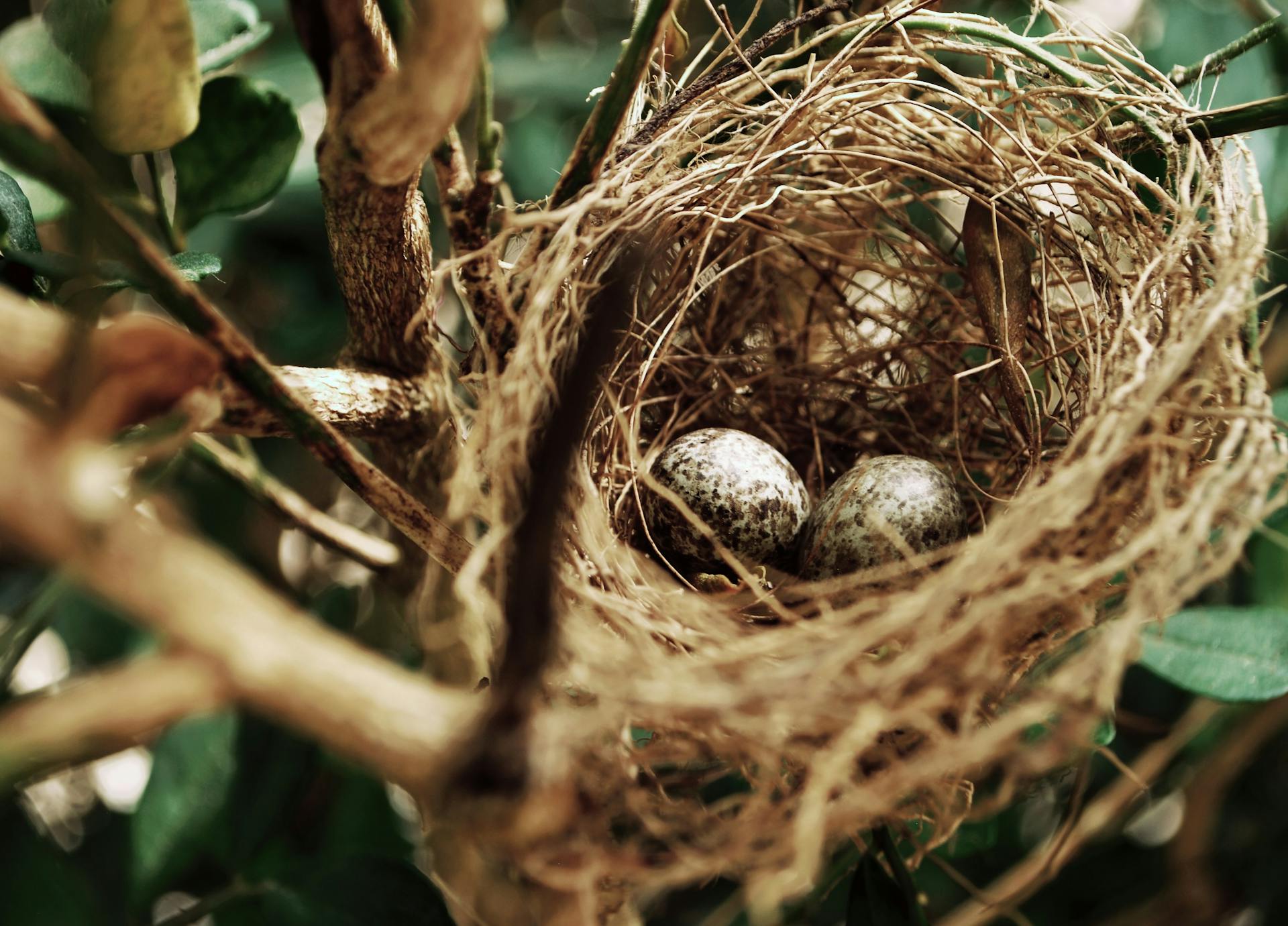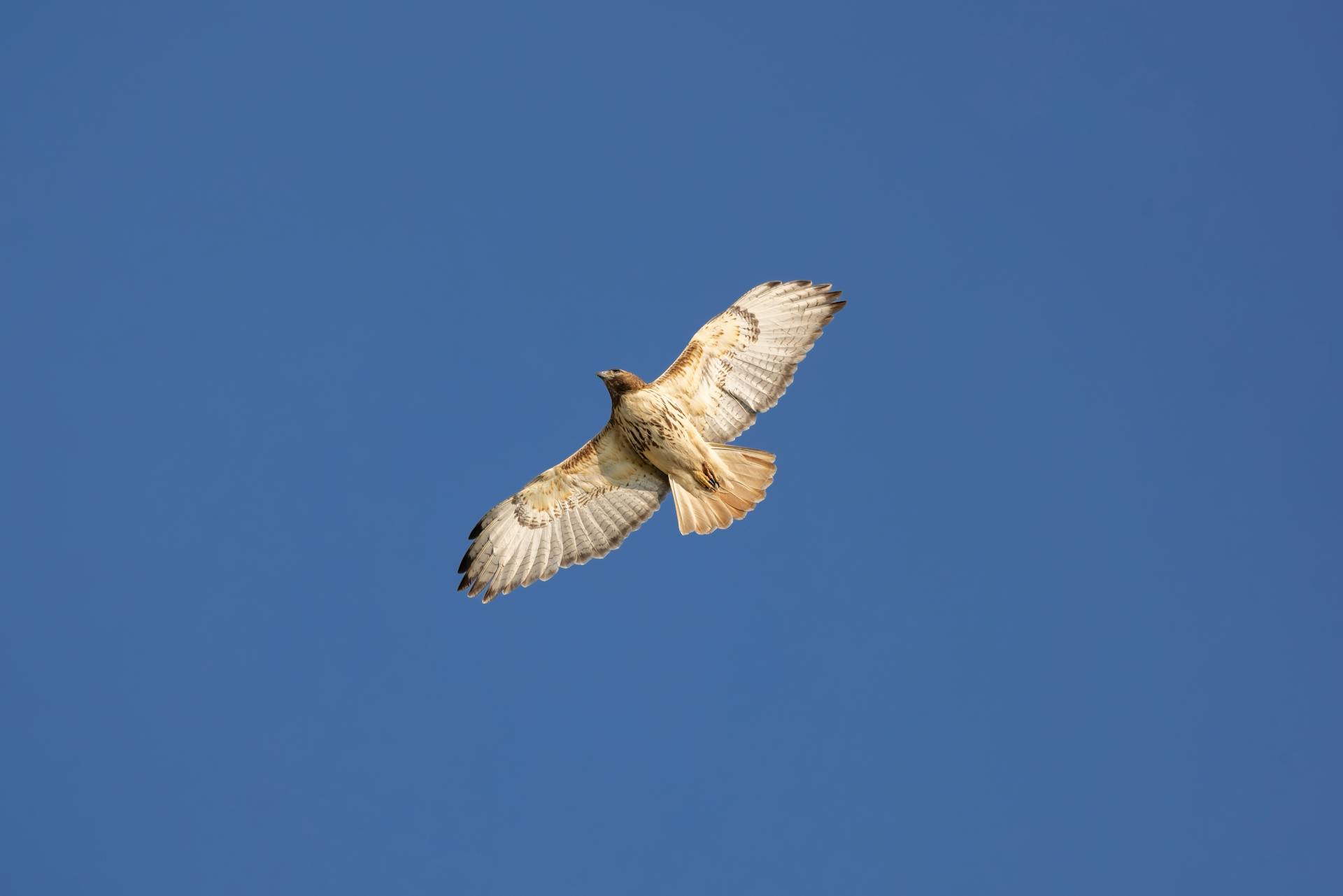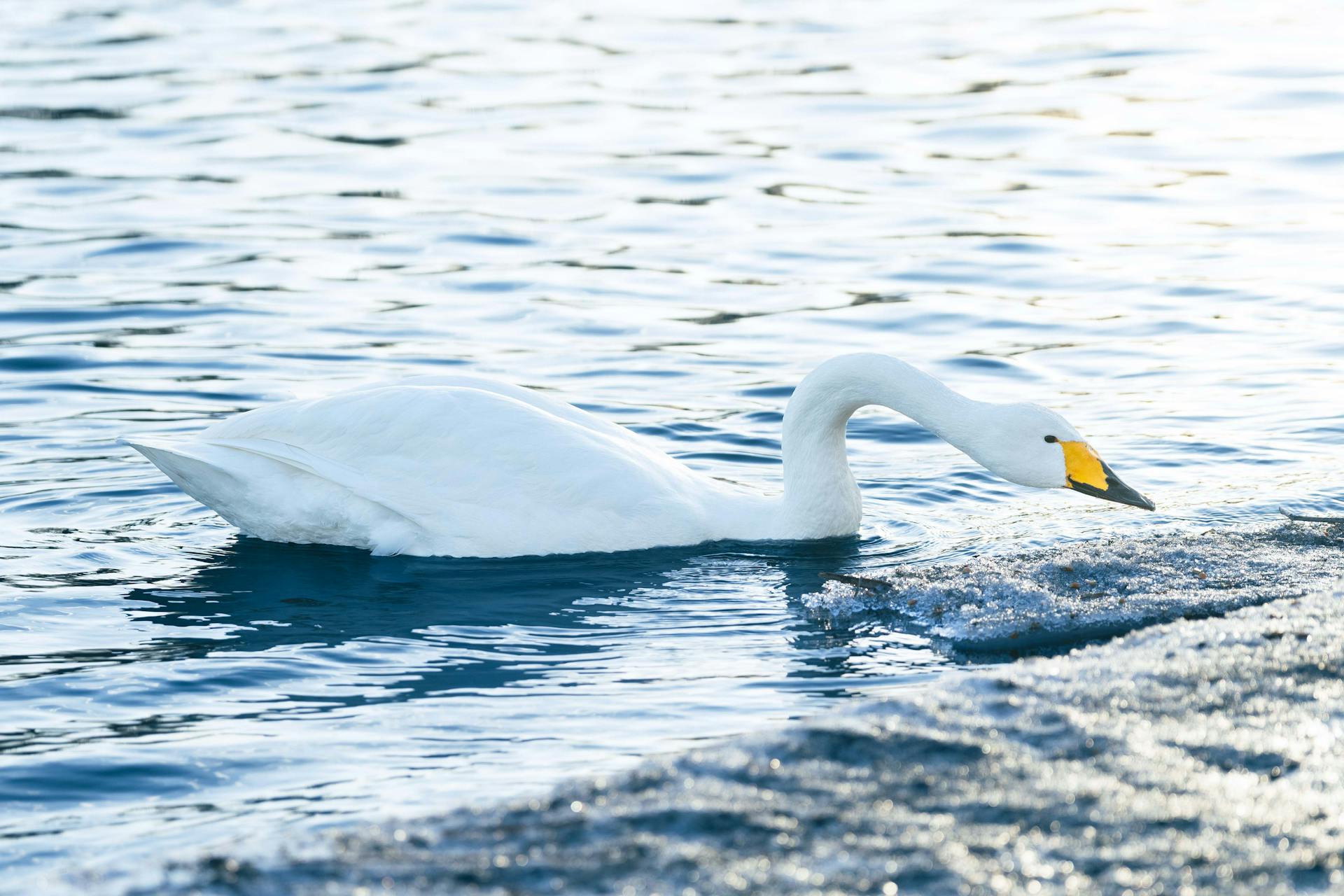Have you ever heard of the bowerbird, a master architect of the avian world, building intricate “bowers” and decorating them with colorful objects just to attract a mate? Or the lyrebird, whose mimicry skills allow it to imitate not only other birds but also chainsaws and camera shutters? Birds, often seen as simple creatures of flight, are brimming with surprising, complex behaviors that reveal an incredible diversity of intelligence and survival strategies.
With over 10,000 species spanning nearly every habitat on Earth, birds have evolved an astonishing range of behaviors to communicate, hunt, and thrive in their environments. From the intricacies of their courtship dances to their ability to navigate thousands of miles during migration, these behaviors are more than fascinating quirks—they provide deep insights into the evolutionary process and how species adapt to the ever-changing natural world. Understanding bird behavior not only enriches our appreciation for these winged wonders but also helps us grasp the larger picture of biodiversity and ecological balance.
In this article, we’ll dive into some of the most remarkable bird behaviors, shedding light on how these feathered creatures communicate, survive, and evolve in ways that continue to astonish scientists and birdwatchers alike.
Communication Behaviors
Birds have developed an impressive array of communication techniques, with vocalizations being among the most fascinating. Birdsong and calls serve various essential functions, from marking territory and attracting mates to issuing warnings about nearby predators. Each type of vocalization has a specific purpose; for instance, the melodious songs of songbirds are often used to attract potential mates or assert dominance over a territory, while short, sharp alarm calls warn other birds of immediate danger. Birds like robins or nightingales serenade at dawn and dusk to declare their presence, while owls hoot to communicate under the cover of night.
Equally intriguing is mimicry, a skill that certain species, such as the lyrebird, have perfected. These birds can imitate not only the calls of other birds but also a wide range of environmental sounds—like car alarms, chainsaws, and camera clicks—blurring the line between nature and human influence. Mimicry serves a variety of purposes, from confusing predators to attracting mates by showcasing their vocal prowess.
In addition to vocal communication, many birds rely on non-vocal signals to convey messages. Visual displays like feather posturing, color shows, or intricate dances are all integral to communication. Peacocks, with their stunning tail feather displays, and birds of paradise, known for their dazzling mating dances, are prime examples of how birds use visual cues to communicate, often with the goal of attracting a mate or intimidating rivals.
Courtship and Mating Behaviors
Bird courtship can be as elaborate as any human ritual, with some species taking it to extraordinary lengths. Perhaps no bird is more famous for its courtship rituals than the bowerbird, which constructs intricate “bowers” from twigs and decorates them with brightly colored objects like berries, shells, or even discarded plastic to woo potential mates. The more artistically appealing the bower, the greater the chance of impressing a female. Other species, like albatrosses, perform synchronized dances, while some birds, such as the male shrike, offer prey to potential mates as a “gift.”
Color displays also play a vital role in mating. Male birds often boast bright plumage to attract females, as seen in species like the peacock or the scarlet macaw. These vibrant colors signal health, vitality, and genetic fitness to potential mates, making them a key factor in mate selection.
When it comes to raising offspring, birds exhibit a variety of mating systems, from monogamy—where pairs bond for life and share parenting duties, as seen in swans or penguins—to polygamy, where one male mates with multiple females, common in species like the red-winged blackbird. Each strategy is tailored to the species’ environment and survival needs.
Feeding and Hunting Strategies
Birds have developed highly specialized feeding and hunting strategies that often display remarkable intelligence. Tool use, once thought to be a trait exclusive to primates, has been observed in several bird species. Crows, for example, are known to use sticks or even create tools from leaves to extract insects from hard-to-reach places. This demonstrates not only creativity but also problem-solving abilities, a sign of advanced cognitive function in the animal kingdom.
Cooperative hunting is another impressive behavior, particularly seen in species like pelicans or Harris’s hawks. These birds work in groups to corner prey or drive fish into shallow waters, showing an advanced level of social organization. Some seabirds, like gannets, dive in unison to create confusion among schools of fish, increasing their chances of a successful hunt.
On the other end of the spectrum, hummingbirds exhibit unusual feeding habits due to their extremely high metabolism. They must constantly consume nectar to fuel their rapid wingbeats, visiting hundreds of flowers each day. Their need for almost constant energy intake makes them one of nature’s most efficient feeders.
Migration and Navigation
One of the most astonishing bird behaviors is their ability to navigate vast distances during migration. Birds like the Arctic tern undertake epic journeys, traveling over 40,000 miles each year from pole to pole. These migrations are not only physically demanding but also require incredible navigational skills. Birds use a variety of techniques to stay on course, including reading the stars, detecting the earth’s magnetic field, and using visual landmarks.
However, migration is fraught with challenges. Birds must cope with exhaustion, predators, and the loss of habitats along migratory routes. Some species, like geese, fly in formation to conserve energy, taking turns at the front to reduce wind resistance for those following behind. Their resilience and endurance during these long-distance journeys are a testament to the wonders of nature.
Nesting and Parenting Behaviors
Birds are also master builders when it comes to creating nests. Nest architecture varies widely, from the simple burrows of puffins to the intricately woven nests of weaverbirds. Flamingos build mud nests, while some swallows use saliva to stick their nests to vertical surfaces. Each nest is perfectly suited to the needs of the species and their environment.
Parenting in the bird world involves both protection and, sometimes, deception. Killdeer, for example, use a tactic called feigned injury—they pretend to have a broken wing to lure predators away from their nests. Meanwhile, brood parasitic birds like cuckoos take a more deceptive approach, laying their eggs in the nests of other species, tricking them into raising their young.
These behaviors highlight not only the adaptability of birds but also their ingenuity in ensuring the survival of their species.
Survival Tactics and Defense Mechanisms
In the wild, survival often depends on a bird’s ability to outsmart predators or remain unnoticed. Camouflage is a common survival tactic, allowing birds to blend seamlessly into their surroundings. Ground-nesting birds like nightjars or sandpipers have feathers that resemble the earthy tones of their habitats, making them nearly invisible to predators. Some birds, such as the tawny frogmouth, will freeze in position and resemble tree bark, using their incredible mimicry skills to avoid detection.
When camouflage fails, birds often resort to more active defense strategies. Smaller birds like sparrows or swallows engage in mob tactics, where a group will harass a larger predator, such as a hawk or owl, driving it away from their territory. This collective defense mechanism is highly effective, as it overwhelms the predator with multiple attacks, often forcing it to retreat.
Another fascinating defense behavior is feigned injury, particularly seen in species like the killdeer. When a predator approaches its nest, the killdeer will pretend to be injured, fluttering its wings as though it is incapable of flight. This distracts the predator, leading it away from the nest and ensuring the safety of the young. Once the predator is far enough, the bird will make a quick escape, returning to its nest unharmed.
Social Structures and Group Behavior
Birds also display a remarkable range of social behaviors, especially when living in large groups. Flocking behavior is one of the most visually stunning examples of this. Birds such as starlings form huge, swirling flocks known as murmurations, creating mesmerizing patterns in the sky. These murmurations not only look beautiful but also serve a practical purpose—by flying together, birds can confuse predators, making it harder for them to single out an individual to attack.
Some bird species engage in altruistic behavior, where they help others even at a cost to themselves. This is particularly common in cooperative breeders, such as Florida scrub-jays, where non-breeding birds assist in raising the offspring of others within the group. These birds may help feed the chicks, defend the nest, or provide warmth, a behavior that enhances the overall survival of the group.
Social hierarchies also play a crucial role in bird behavior. In species like chickens, a clear dominance hierarchy—often referred to as a “pecking order”—determines which individuals get access to resources such as food or nesting sites. This pecking order is constantly reinforced through displays of aggression or submission, helping to maintain social stability within the group.
Unusual or Rarely Seen Behaviors
Some bird behaviors are so unusual that they defy our typical understanding of the animal world. Play behavior is a prime example, and it’s not something we often associate with birds. Yet, many species have been observed engaging in playful activities. For instance, ravens have been seen sliding down snowy slopes, apparently just for fun. Similarly, parrots will play with objects like sticks or toys, seemingly enjoying the experience with no immediate benefit.
Another intriguing behavior is birds lending a hand to others outside of mating or familial relationships. Some birds engage in mutual grooming or even assist in feeding others, displaying a level of social cooperation that extends beyond their immediate kin. This kind of prosocial behavior is rare in the animal kingdom, further highlighting the complexity of avian interactions.
Lastly, birds have long been recognized for their surprising intelligence. Problem-solving, planning, and even using insight to overcome challenges are behaviors typically associated with primates, but many bird species exhibit these traits as well. Parrots and ravens, in particular, have been known to solve complex puzzles, remember human faces, and even plan for future events, demonstrating a level of cognitive ability that rivals some mammals.
Conclusion
From their intricate courtship dances to their remarkable problem-solving abilities, birds exhibit an incredible array of behaviors that continue to captivate scientists and bird enthusiasts alike. Their communication, hunting strategies, and social structures reveal not only their adaptability but also their intelligence. By studying these behaviors, we gain a deeper understanding of how birds have evolved to survive in an ever-changing world and how interconnected their behaviors are with the broader ecosystems they inhabit.
Birdwatchers, researchers, and conservationists play a vital role in protecting these fascinating creatures and ensuring their behaviors continue to be observed and appreciated for generations to come. Whether you’re observing the dazzling flight of a murmuration or marveling at the engineering prowess of a bird’s nest, there’s no denying the sheer wonder of avian behavior in all its forms.
Frequently Asked Questions (FAQs) About Fascinating Bird Behaviors
1. Why do birds sing?
Birds sing for various reasons, but the most common purposes are to attract mates, defend their territory, and communicate with other birds. The complexity and duration of a song often signal the health and fitness of the singer, helping birds establish dominance or attract partners.
2. How do birds navigate during migration?
Birds use a variety of techniques to navigate during migration, including the Earth’s magnetic field, the position of the sun and stars, and visual landmarks like coastlines or mountain ranges. Some species, like homing pigeons, are incredibly adept at finding their way over long distances, even after being displaced.
3. What is mimicry in birds, and why do some birds mimic sounds?
Mimicry is when birds imitate sounds from their environment, including other bird species, human-made noises, or even machinery. Birds like the lyrebird and mockingbird mimic to showcase their vocal abilities, often as a way to impress mates or defend their territory by confusing rivals.
4. How do birds communicate without using sounds?
Birds use visual signals, body language, and behaviors like feather displays, posturing, and dancing to communicate without sounds. These non-vocal cues are often important during mating, as seen in peacocks or birds of paradise, where visual displays play a critical role in attracting partners.
5. What are some examples of tool use in birds?
Crows are famous for using tools like sticks to extract insects from hard-to-reach places, and some even bend twigs to create custom tools. Woodpecker finches in the Galápagos Islands also use cactus spines to pry out grubs from tree bark, showing their intelligence and ability to adapt.
6. Do all birds migrate?
No, not all birds migrate. Migration is common in species that need to move between breeding and feeding grounds to survive seasonal changes, such as Arctic terns or swallows. However, many birds remain in the same region year-round if food and habitat are sufficient, like pigeons or sparrows.
7. Why do some birds lay their eggs in other birds’ nests?
This behavior is known as brood parasitism, and it’s practiced by species like cuckoos and cowbirds. By laying their eggs in another bird’s nest, the parasitic bird avoids the energy and time required to raise its own young. The host bird then unknowingly raises the parasitic chick alongside its own.
8. How do flocking behaviors help birds?
Flocking provides several benefits to birds, including protection from predators, increased foraging efficiency, and assistance in navigation during migration. The swirling patterns seen in murmurations (e.g., starlings) confuse predators, making it harder for them to focus on a single bird to catch.
9. Are there any birds that play?
Yes, some birds exhibit playful behaviors. Ravens and parrots are particularly known for engaging in play. Ravens have been observed sliding down snow-covered slopes and playing with objects like sticks or stones, indicating that play behavior in birds can be both social and recreational.
10. How do birds recognize each other?
Birds recognize each other primarily through vocalizations, visual cues, and behavior. Many birds have unique songs or calls that help them identify individuals. Visual recognition may also involve recognizing distinctive feather patterns or colors, especially in species with elaborate mating displays.


